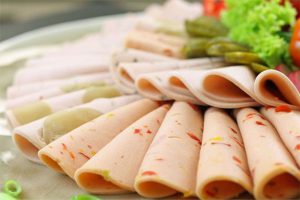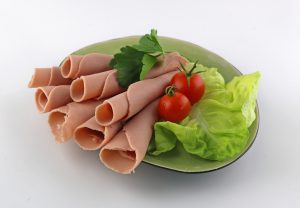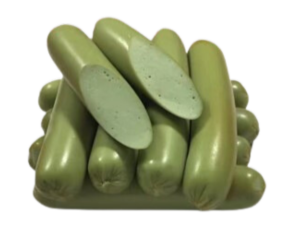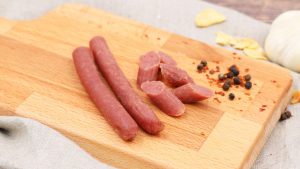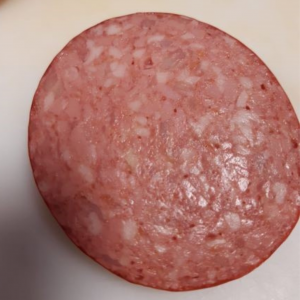There are different types of fat and they can be used for different purposes. There are hard, medium and soft fats and they have a different texture and different melting point. Some head cheese and emulsified sausage recipes call for dewlap or jowl fat that may be hard to obtain. Belly fat looks similar and it seems like a good replacement, but it is not. Belly is a soft fat and dewlap/jowl is a hard fat. Fatter cuts from a pork butt are a much better choice that contain hard fat and meat.
Pork fat
Pork fat, particularly back fat, is preferred for making sausages as it is hard, white and tastes the best. It shows different degrees of hardness depending on which animal part it comes from. Back fat, jowl fat, or butt fat (surface area) have a very hard texture and higher melting point. They are the best choice for making products in which we expect to see the individual specks of fat in a finished product such as dry salami. Soft fat such as belly fat is fine for making fermented spreadable sausages such as mettwurst or teewurst. For most sausages any fat pork trimmings are fine providing they were partially frozen when submitted to the grinding process. This prevents fat smearing when temperature increases due to the mechanical action of knives and delivery worm on fat particles.
Beef fat
Beef fat has a higher melting temperature than pork but is yellowish in colour which affects the appearance of the product where discrete particles of fat should be visible. Besides, beef fat does not taste as good as pork fat. If no back fat is available, use fat pork trimmings or meats which have more fat and grind them together. Instead of struggling with fat smearing when processing meats at higher than recommended temperatures, it is better to use cuts that have a higher proportion of fat. It will help to overcome the problem of smearing if the materials are partially frozen.
Chicken fat
Chicken fat is neutral in flavour and is suited for making chicken sausages although it presents some problems. It is soft and melts at such low temperatures that it is hard to work with. Softer fats can be used for making emulsified or liver sausages where it will become a part of emulsified paste. For instance, vegetable oil can be successfully mixed with liver and fat when producing liver sausage.

